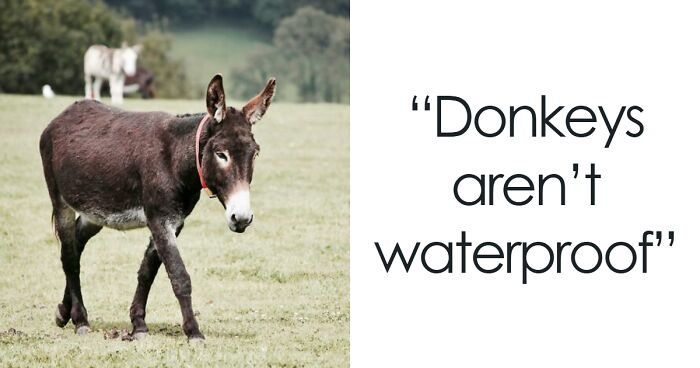
13Kviews
Katerina Kamprani’s 25 Objects That Might Annoy And Fascinate You At The Same Time
Katerina Kamprani is a designer who loves to mess with our minds by creating everyday objects that are completely impractical. Her project, "The Uncomfortable," is all about taking things we use every day, like a chair or a spoon, and redesigning them to be almost impossible to use. Imagine a rain boot with a hole in it or a cup that spills your drink. Katerina’s funny and clever designs make us laugh and think at the same time.
What makes Katerina’s work so interesting is how it gets us to question the way we look at ordinary objects. By turning familiar things into strange, unusable versions, she challenges us to see the world in a new way and think about how design affects our daily lives. Her creations aren’t just funny—they also make us appreciate good design and maybe even start conversations about how important it is in our everyday routines.
More info: Instagram | theuncomfortable.com | Facebook | youtube.com | behance.net
This post may include affiliate links.
Chain Fork
Katerina Kamprani aims to break down the unnoticed design of everyday objects and change their basic features to surprise and amuse people. She also hopes that through her work, people will gain a deeper appreciation for how complex even the simplest objects can be.
Ball Glasses
*Rattle rattle* Yep I'd wear these. Not for everyday life but maybe to parties or something
The Uncomfortable Rain Boots
The journey into creating uncomfortable objects began around 2010. Kamprani explained that it started right after she completed a design postgraduate program, though it was never something she truly enjoyed. Before getting into design, she was studying architecture, but being an architect comes with a lot of responsibilities—and Kamprani admits she really hates responsibility.
"I always wanted to be playful. I was going to start design because it’s more playful, more fun. When I went to study design, the teachers warned me that there’s even more responsibility, because you have to create things people actually use. And when you think of design, it’s not just the quirky art I had in mind—quirky chairs and weird things—it’s about the things we use every day. That was eye-opening for me because I always thought design was just a fun way to play with materials, shapes, and forms."
Owl Glasses
Long Mug
I want one. I wonder how many biscuits you can dunk at once?
After finishing her postgraduate program, Kamprani started taking design more seriously but felt frustrated, thinking she might never become a designer. Then, one day, she imagined an uncomfortable situation and thought, "That's it, I'll design things that are meant to be uncomfortable."
At that time, the most important lesson Kamprani learned about design was user experience—that an item should be comfortable and easy to use. "I thought, what if I make it difficult? Then I have no responsibility; I’m doing whatever I want. That was liberating, and I just kept doing it."
The Uncomfortable Wine Glass
These days, many people are excited about innovation, but Kamprani aims to shift the focus to the everyday, conventional things that we often take for granted. "I like it when things take a funny or ironic turn!”
Thick Button
The Uncomfortable Chair
The Uncomfortable Ruler
Hourglass Salt & Pepper Shakers
I actually really like these. I don’t know if they would work though
The Uncomfortable Teapot
The Uncomfortable Watering Can
The Slingshot Needle
Forking Fork
Concrete Umbrella
Hoop Chair
Slipper Spoon
The Uncomfortable Double Mug
The Uncomfortable Briki
Inflatable Doorknob
The Uncomfortable Toothbrush
The Uncomfortable Peg
The Uncomfortable Champagne Glasses
It is not really possible to have function with no style, but to have style and no function causes you to reflect on the role of industrial design in shaping the aesthetic of the world we live in.
Some of these could actually be useful with a tiny bit of modifying
It is not really possible to have function with no style, but to have style and no function causes you to reflect on the role of industrial design in shaping the aesthetic of the world we live in.
Some of these could actually be useful with a tiny bit of modifying

 Dark Mode
Dark Mode 

 No fees, cancel anytime
No fees, cancel anytime 




























































